 TRENT'S WALK IN THE BELIZEAN JUNGLE (Part Ten) Is brought to you by "Grand Belizean Estates" the next place to call home. 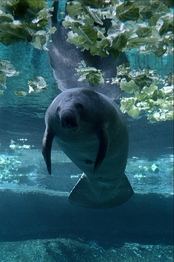 MANATEE SIGHTING You may not think that the manatee, is something you would encounter on your walk in the jungle, but if your jungle walk follows the sea, then you may very well encounter manatees playing in the rivers and estuaries. The manatee, cruises the coastal waters from Florida to northern Brazil. It moves along at a leisurely pace, browsing for food, walking the bottom on its oarlike flippers while uprooting sea grasses, or galumphing through the shallows searching for floating plant life. Every four or five minutes its snout must emerge to take in a deep breath and at most, it will average six miles per hour, not allowing for resting or for horsing around. The manatee's closest living relative is the elephant. Males are called bulls and the females are called cows. Manatee make random squeaks and chirps white submerged, with no real sense of rhythm. Only between mother and child do their sounds appear to be communicative. Manatee can tip the scales between 400 and 1,300 lbs., all of it pudgy, and they have no neck whatsoever. The tail is fat like a spatulate, the muzzle folds over the mouth, and the skin is gray or brown, covered with fine wrinkles and short, upigmented hairs. The manatee have special appeal for us humans. It is gentle and shy, and is near-sighted. It is rarely aggressive - only the bumping of bulls in competition for the attention of a female and often playful, including quite a bit of indiscriminate kissing. When it becomes accustomed to the company of human beings, the manatee will include these creatures in its games. Manatees group and regroup. The only long-term association they make is between cow and calf, which lasts up to two years; the younster suckles underwater, from teats beneath the mother's flippers. Manatees breed throughout the year. Gestation takes up to 400 days, can you believe it! The average lifespan is not known, although it is recorded that one manatee in captivity lived to the age of twenty-three. Manatees are strict vegetarians, and in return are not a food source for other animals - except man. They have been hunted for their hides, their oil, and their flesh. Here in Belize it is widely and mistakenly held that as meat it has special properties, and that it includes a variety of flavors. Also, the bones are used for jewelry making. However, through the Belize Zoo's nationwide educational campaign, it is hoped that the continued illegal killing of this endangered species will soon cease. An even greater danger to the manatee's survival is involuntary slaughter by the propeller blades of motor boats. Although its hearing is abnormally sensitive, and in an emergency it is able to gear up to 15 m.p.h., still the manatee does not seem to recognize the sound of impeding doom. Other threats to its life are cold snaps, and the careless use of herbicides. And just for the record, the water hyacinth, is the manatee's favorite food!
1 Comment
10/14/2018 04:48:03 pm
You have spent a very long time writing this post. It's a very useful and interesting site. Thank you!
Reply
Leave a Reply. |
Trenton Turley
Hi, my name is Trenton S. Turley. I've been living in Belize now for 11 years. Hope you enjoy reading my many blog posts. I write about things, that are passionate to me.
SNAKES OF BELIZE!
Check out, my my current blog series on Snakes of Belize. Categories
All
Archives
April 2016
|
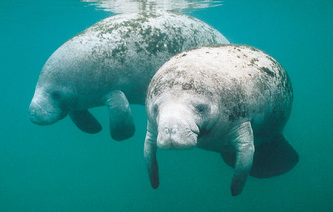
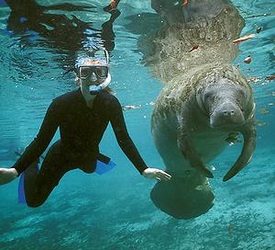
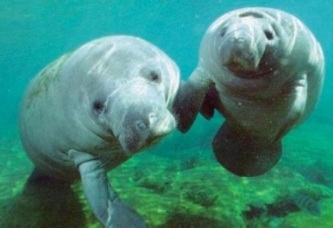
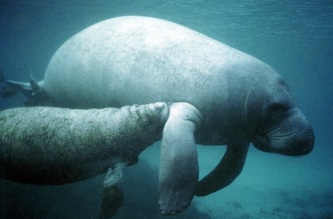
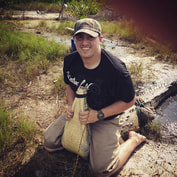
 RSS Feed
RSS Feed